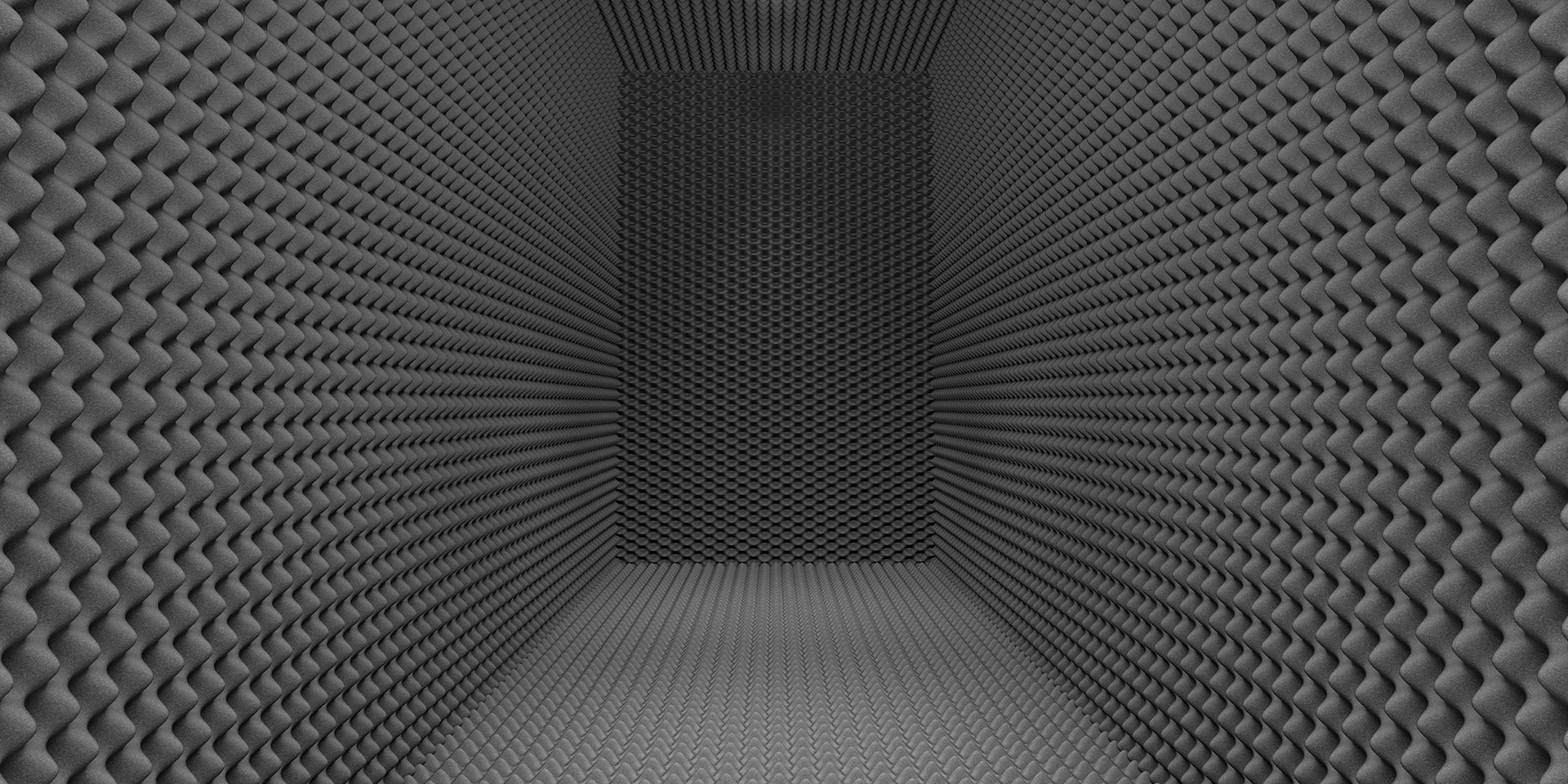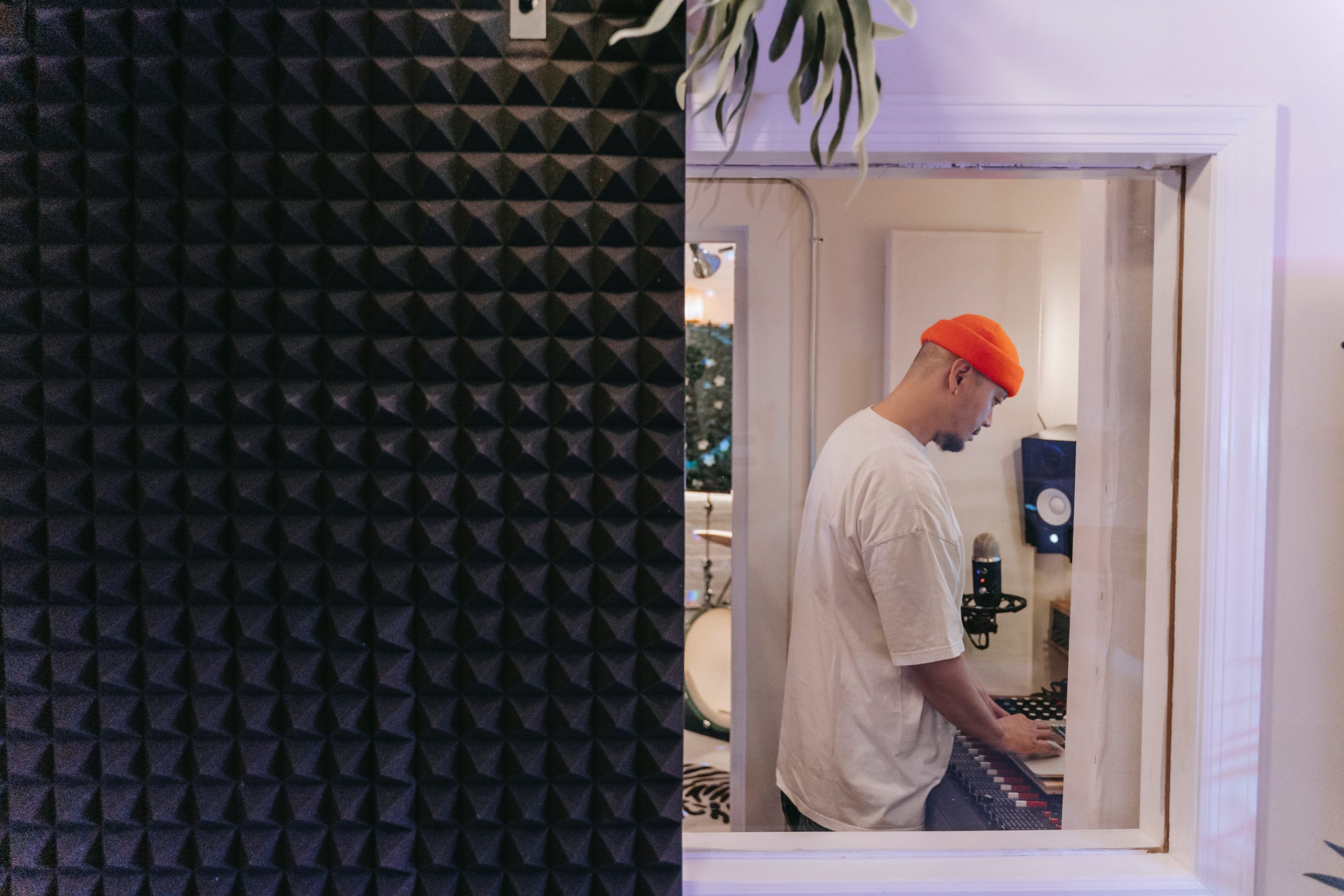Understanding Soundproofing Basics

Soundproofing is about controlling how sound travels through your environment. Before diving into specific solutions, it’s crucial to understand the fundamentals of sound and how it interacts with your door.
Sound Waves and Their Travel
Sound is a form of energy that travels in waves. These waves vibrate through a medium, such as air, water, or solid materials. The frequency of these vibrations determines the pitch of the sound we hear: high frequencies are associated with high-pitched sounds, while low frequencies correspond to low-pitched sounds.
The way sound travels depends on the characteristics of the medium it’s passing through. For example, sound travels faster through solids than through air. This is why you might hear a loud thump when someone knocks on your door, but the sound of their conversation might be muffled.
Sound Transmission and Absorption
Sound transmission refers to the process of sound waves passing through a material, such as a door. Sound absorption, on the other hand, describes the process of sound energy being absorbed by a material, reducing its intensity.
Soundproofing strategies often involve a combination of these two principles:
- Reducing sound transmission by using materials that resist sound waves.
- Increasing sound absorption by adding materials that dampen sound energy.
Factors Contributing to Sound Leakage Through a Door, How can i soundproof my bedroom door
A door’s effectiveness in blocking sound depends on several factors:
- Material: A solid, dense door, like a solid core door, will generally block more sound than a hollow core door.
- Thickness: Thicker doors provide better sound insulation, as they have more material to absorb and reflect sound waves.
- Fit: Gaps around the door frame allow sound to leak through. A well-fitting door with tight seals is crucial for soundproofing.
- Construction: The presence of hollow spaces within the door can act as resonators, amplifying sound. Solid core doors or doors with additional sound-dampening materials inside are generally better.
It’s important to note that no door is perfectly soundproof. However, by understanding these principles and applying appropriate soundproofing techniques, you can significantly reduce noise transmission and create a more peaceful and private space in your bedroom.
Effective Soundproofing Methods for Bedroom Doors: How Can I Soundproof My Bedroom Door

Soundproofing a bedroom door is an effective way to create a peaceful and quiet sanctuary, blocking out unwanted noise from the hallway or other rooms. This can be especially beneficial if you live in a busy household, have noisy neighbors, or simply prefer a more tranquil environment. There are several methods you can employ to effectively soundproof your bedroom door.
Using Soundproofing Materials
Soundproofing materials work by absorbing sound waves, reducing the amount of noise that passes through the door. Here are some common materials and their properties:
- Mass-loaded vinyl (MLV): This dense, flexible material is highly effective at blocking sound transmission. It’s often used as a barrier behind drywall or other surfaces to reduce noise levels. It’s easy to install and can be cut to size for a custom fit.
- Acoustic foam: This lightweight and porous material is designed to absorb sound waves, preventing them from reflecting back into the room. It’s available in various shapes and sizes and can be used on walls, ceilings, and doors to reduce echo and reverberation.
- Green glue: This specialized adhesive is designed to dampen sound vibrations. It’s typically used in conjunction with other soundproofing materials to enhance their effectiveness. It’s easy to apply and can be used on various surfaces.
- Soundproof curtains: These heavy, thick curtains are made from sound-absorbing materials that help to reduce noise levels. They can be particularly effective at blocking out street noise or sounds from neighboring rooms.
Sealing Gaps and Cracks
Even small gaps and cracks around the door frame can allow significant amounts of noise to pass through. Sealing these openings is essential for effective soundproofing. Here are some practical steps you can take:
- Inspect the door frame: Look for any gaps or cracks around the door frame, including the jamb, the casing, and the threshold. You can use a flashlight to illuminate the gaps and make them easier to see.
- Remove loose trim: If you find any loose trim around the door frame, remove it and reattach it securely. This will help to close any gaps and prevent noise from escaping.
- Fill gaps with caulk: Use a high-quality acoustic caulk to fill any remaining gaps or cracks around the door frame. Apply the caulk in a smooth, even layer and allow it to dry completely before painting or staining.
Weather Stripping, Door Sweeps, and Acoustic Caulk
These products can be used to seal gaps around the door frame and prevent noise from passing through.
- Weather stripping: This flexible material is designed to seal gaps around doors and windows. It’s available in various materials, including foam, rubber, and vinyl, and can be easily attached to the door frame using adhesive or staples.
- Door sweeps: These are typically made of rubber or vinyl and are attached to the bottom of the door. They help to seal the gap between the door and the floor, preventing drafts and noise from entering the room.
- Acoustic caulk: This specialized caulk is designed to reduce sound transmission. It’s typically used to fill gaps and cracks around doors and windows, as well as to seal around pipes and electrical outlets.
Advanced Soundproofing Techniques for Maximum Quiet
Taking soundproofing to the next level requires incorporating specialized materials and techniques that target specific sound transmission pathways. This section explores advanced methods for achieving maximum quiet in your bedroom.
Sound-Absorbing Panels and Acoustic Foam
Sound-absorbing panels and acoustic foam are essential for reducing sound reflections within a room, creating a more comfortable and quieter environment. These materials are particularly effective for treating hard surfaces like walls, ceilings, and doors.
- Sound-absorbing panels are typically made from materials like fiberglass, mineral wool, or foam, and are designed to absorb sound energy rather than reflect it. They come in various sizes and shapes, making them adaptable to different spaces. These panels are often covered with fabric or other decorative materials to enhance their aesthetic appeal.
- Acoustic foam is another effective sound-absorbing material. It is commonly used in recording studios and home theaters to minimize sound reflections and improve audio clarity. Acoustic foam is available in various densities and shapes, with pyramid-shaped foam being particularly effective at absorbing a wide range of frequencies.
Designing a Custom Soundproofing System for a Bedroom Door
A custom soundproofing system for a bedroom door can be designed by strategically combining different materials and techniques to achieve maximum noise reduction.
Materials
- Door seal: A weatherstripping seal, made of foam or rubber, can be installed around the door frame to prevent air leakage, which can contribute to sound transmission.
- Acoustic foam: Attaching acoustic foam panels to the door surface helps absorb sound energy and reduce reflections.
- Mass-loaded vinyl (MLV): MLV is a dense, flexible material that effectively blocks sound transmission. It can be applied to the door surface or incorporated into a custom door construction.
- Soundproof door panel: A pre-made soundproof door panel can be added to the existing door, creating an additional layer of sound insulation.
Installation Methods
- Weatherstripping installation: Apply weatherstripping around the door frame, ensuring a tight seal to prevent air leakage.
- Acoustic foam installation: Secure acoustic foam panels to the door surface using adhesive or mounting clips.
- MLV application: Apply MLV to the door surface using a strong adhesive. For optimal results, consider adding multiple layers of MLV.
- Soundproof door panel installation: Install the pre-made soundproof door panel over the existing door, using screws or hinges.
Constructing a Soundproof Door
Building a soundproof door from scratch offers the highest level of customization and sound insulation. Here’s a step-by-step guide:
Materials
- Solid core door: Choose a solid core door, which is denser than a hollow core door and offers better sound insulation.
- Mass-loaded vinyl (MLV): MLV is a key material for soundproofing, acting as a barrier against sound transmission.
- Acoustic foam: Acoustic foam is used to absorb sound reflections and create a quieter environment.
- Weatherstripping: Install weatherstripping around the door frame to prevent air leakage.
- Door hinges: Select heavy-duty hinges to support the weight of the soundproofed door.
- Door handle and lock: Choose a robust door handle and lock that are compatible with the soundproof door construction.
Construction Steps
- Prepare the door frame: Ensure the door frame is properly fitted and securely attached to the wall.
- Install weatherstripping: Apply weatherstripping around the door frame, ensuring a tight seal to prevent air leakage.
- Attach MLV to the door: Apply MLV to both sides of the door, ensuring complete coverage. Use a strong adhesive for secure bonding.
- Add acoustic foam: Attach acoustic foam panels to the door surface, focusing on areas where sound reflections are most likely to occur.
- Install door hinges: Attach the heavy-duty hinges to the door and door frame.
- Install door handle and lock: Secure the door handle and lock to the door, ensuring they are properly aligned and functional.
- Test and adjust: After installation, test the door for proper operation and sound insulation. Adjust the weatherstripping or acoustic foam as needed to achieve optimal results.
